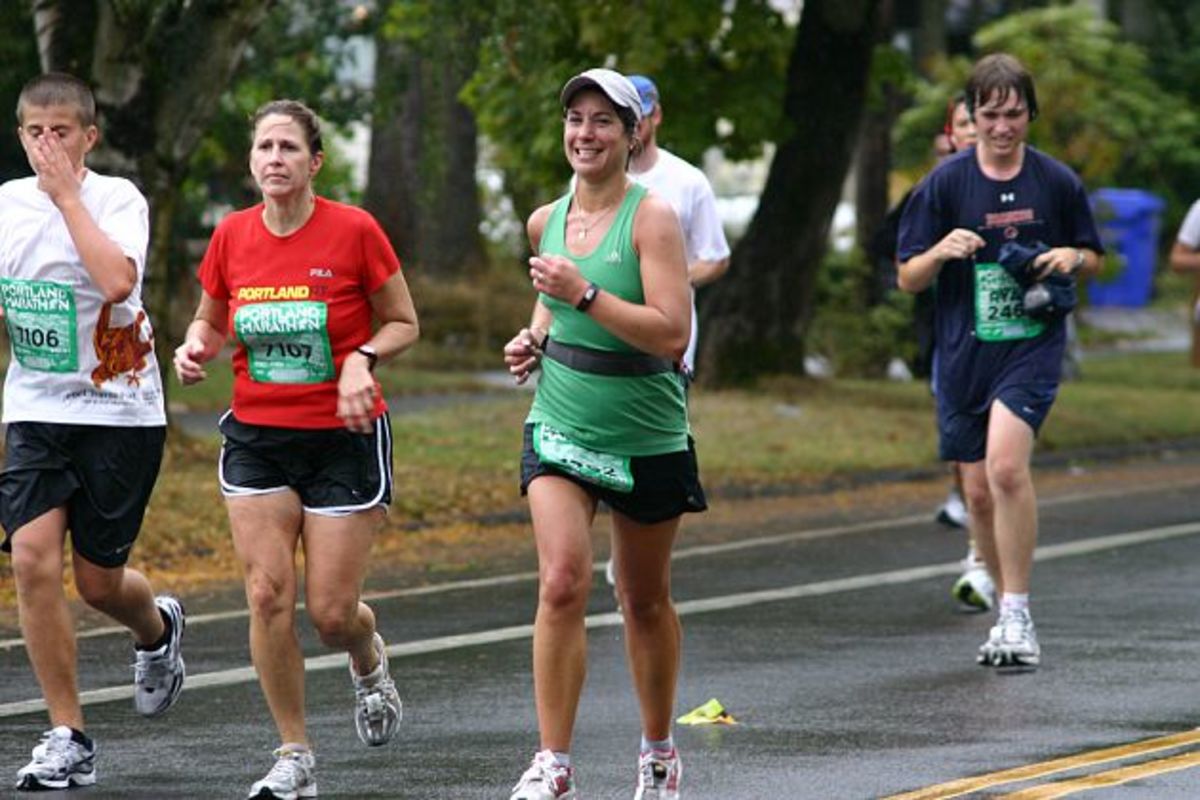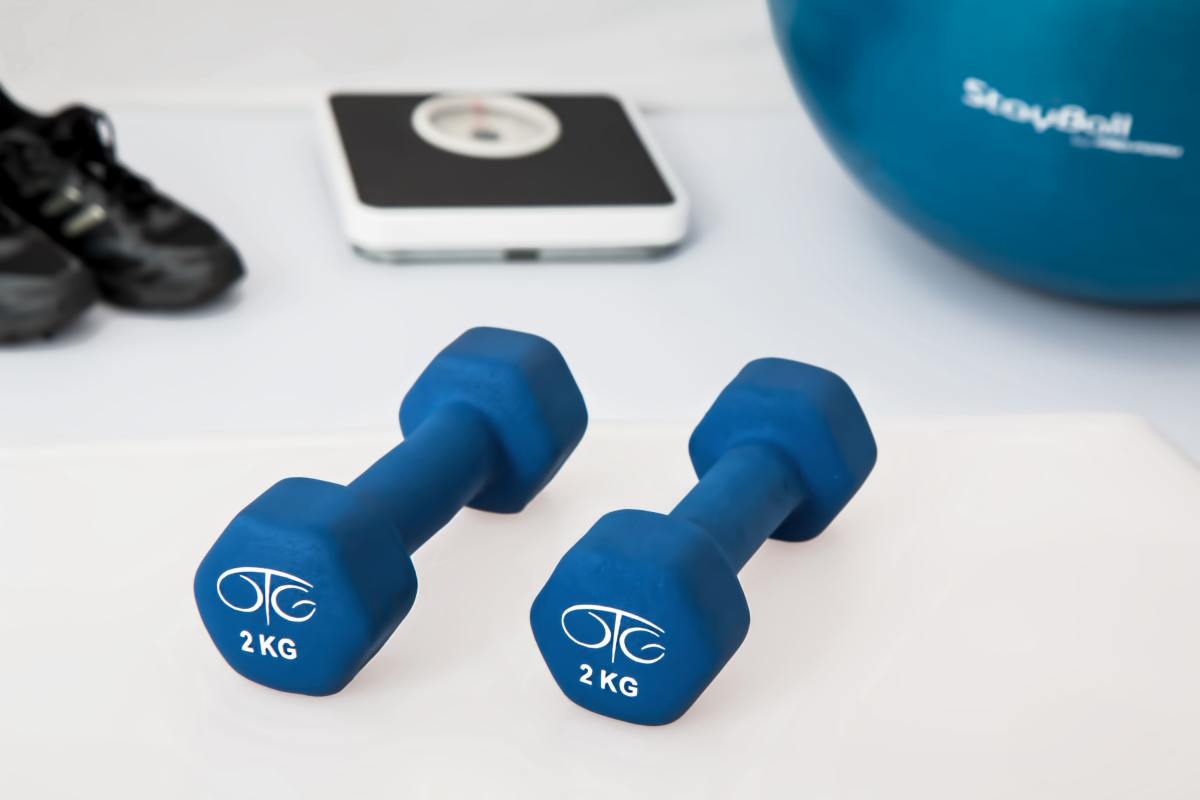Marathon Training for Beginners
What is a Marathon?
A marathon is a 26.2 mile road race, plain and simple.
The legendary story of how marathons came to be what they are today has its ties to way back to the time of ancient Greeks. As legend has it, the Persian/Greek War rumbled on, and Athensbecame surrounded by the Persian army. Desperate for support, Athens generals sent a professional runner to Sparta to ask for help. As legend has it, Phidippides ran 140 miles through mountains and valleys to reach Sparta.
The Battle of Marathon is where the marathon as we know it today originates. Still surrounded by Persians, the Athenians actually launched a surprise midnight attack. Phidippides again sneaked passed enemy lines and ran, this time, 26 miles to the Spartan army. He ran so fast that upon reaching his destination and delivering the message, he dropped dead from exhaustion.
Spartan warriors eventually came to the Athenians aid and the war was quickly won.
Let us Begin Training!
A marathon is no joke. People have died while running them. Training for a marathon requires complete dedication to the task. With that said, I will show you my training methods and how I prepare for running my marathons. Since you are a first-timer, I reckon most of your goals is just to finish, but if your an experienced runner, go ahead and set a time to beat.

Step One: Get the Running Gear
-
Sneakers are really the main item in this step. You should buy two pairs of running shoes and switch off every couple of days. This helps prevent injuries such as shin splints and does wonders for your knees. Also, never wear these two pairs of running shoes for anything besides running.
-
Protective sunglasses will also work wonders for you as street running becomes a necessity.
-
If your training will overlap with a cold winter (I don't mean a Florida winter), your obviously going to need undershirts to keep warm. Anything is really ok so long as it is fairly lightweight. The only exception I have is super skin-tight clothes such as Underamor. I read somewhere that Under Armour is too tight to run with, and constricts the blood vessels from delivering 100%. Long distance runners need 100% oxygen flow, or will not perform to the fullest potential.
-
Maybe a reflective shirt if your a early morning or night runner.
-
A running watch is also significant. Basically a running watch is defined as a watch, usually digital, that has a stopwatch on it. Some are also waterproof to enable sweating and rain.
-
Everything else is pretty much up to you
Step Two: Create a Schedule and Log
- The running log is so simple to create and maintain, but so vital. Create three categories: Date, Miles Ran, and Time it Took. The time it took isn't as important, but I think its helpful.
- Creating the schedule is the most important step out of the training process. I will not post a chart of suggested miles or a schedule because every person is unique. Take only one day off a week (usually a busy day like Saturday or Sunday). I train by running the same amount of miles a day for that week, and then switching my miles the next week. I have found this works for me so long as I switch the paces around each day. For instance, one week I run eight miles a day, but Monday I run seven minute miles, and Tuesday I run six minute miles (maybe a bit fast but I'm making a point here).
- This is a big bullet point. Once every couple of weeks, throw in a long distance day. This may mean anywhere from a ten to sixteen mile day, depending on skill level. It is important to become familiar with such a long distance.
Step Three: Create Running Routes
- Mapping your route is quite simple. Google it and you will find plenty of sites.
- If at all possible, try to stay in a straight line when mapping. It is extremely difficult but very helpful.
- Try to incorporate hills or elevated land in your run. The extra strength work will pay off, I promise!
Step Four: Get out and Run!
Now that all the easy steps are over, its time to get training. Follow your plan and the tips I give later in the article.
Hyration and Nutrition
Hydration is extremely important, not just for running. A marathon trainee should be drinking a dozen water bottles a day. Yes, a dozen. There is nothing better for the body than good old H2O. It flushes out the system, eliminates cramps, and gives that extra spark of energy. A rule of thumb: do not pound a bottle of water before your distance run. You will actually cramp up because the body didn't have time to filter it all to your blood vessels. You should really quit soda, coffee, and beer, but I would be asking for too much, I think. Some people bring little "shots" of water along during long runs, but I don't. If you feel it necessary, feel free. During the marathon there will be dozens of water stations to aid you along the way.
Nutrition also plays a vital role in the marathon training process. Around 65 or even 70% of your diet should be carbs, since your running a fair amount of miles a day. The extra energy is needed to maintain your arduous running schedule. Try to eat a little extra protein after a run. The protein will help control lactic acid buildup, which causes sore muscles. Of course, eat your fruits and veggies.
Just a Few Days Until the Race!
Don't panic, its crunch time. Keep running heavily until about four days before the race. Three days before the race, cut the miles in half and drastically slow down pace. Two days before the race, walk a couple of miles to stay warm. The day before is a complete rest day. Lounge out and eat some carbs, a lot of carbs. The day of the race, you should be pounding waters and pasta, at least in the morning. Do not eat about an hour before the race; it will create cramps and bloating and end your experience fairly quick. Just remember to control your adrenaline and you will be fine.
Tips to Remember
- Don't take it out too fast. It is a long race. A good strategy for a beginner is to negative split (run the second half of the race faster than the first). This requires a slow starting pace. For runners trying to beat a time (personal record or PR), there will be plenty of time to make it up during the second 13.1 miles.
- Don't take your training out too fast. Don't become motivated and run like a maniac every day. You will only injure yourself and fall into a deep hole in your training. Ease into training and leave plenty of time before race day to train.
- Try running on 'soft stuff'. This is a title I use for running on grass or dirt paths at parks. Running on cement every day will not make your knees, shins, and ankles very happy. Take a drive (or a run!) to a local park and hit the trails.
- Should I run with an ipod, or MP3 player?No. iPods and MP3s usually succeed in creating adrenaline rushes and cause you to go faster. Sounds like a good thing right? No. You should not run the marathon with an ipod and therefore not train with one.
- Bring a Companion! A friend, spouse, or even a dog will create motivation and competition during a run. They can push you by keeping you honest with your pace and make the run seem much shorter and enjoyable. I run with my Siberian Husky, Sierra. She is born to run and always pouts for more after a long ten mile day!
- Only take one day off a week! Most people take two days off a week during training. a good runner runs seven days a week, 365 days a year. Yes, that means Christmas morning tell the kids to wait and do your miles! During training, one day off is certainly necessary. The long mileage will break down the legs without sufficient rest.
- Consistency. This may be the most important thing I tell you. Consistency is the most important thing when running . Taking a week off to rest is basically starting all over again.
- Stretch three times a day. Stretch in the morning when you wake up, before your run, and before you go to bed. Unless you run as soon as you wake up, this is a perfect system. Stretching will eliminate lactic acid problems.









